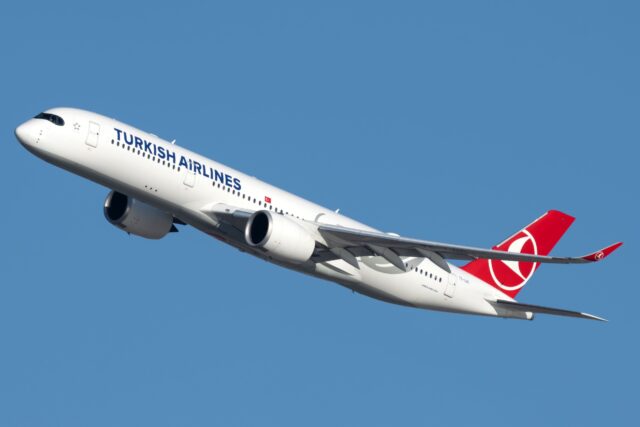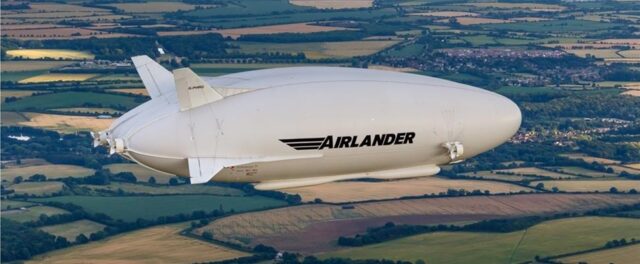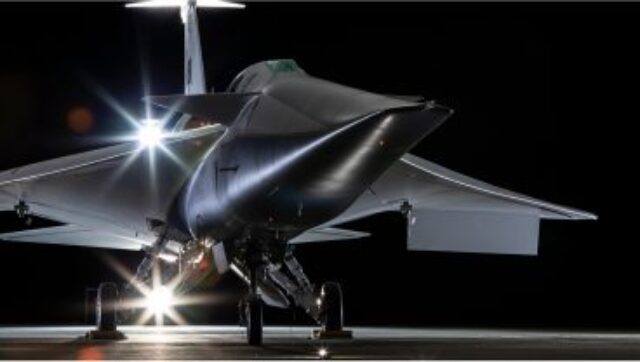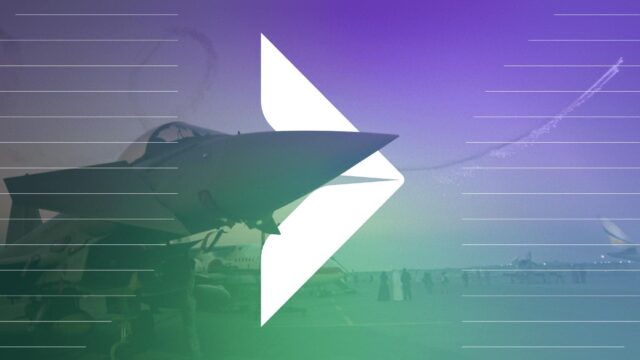Spirit AeroSystems expresses “substantial doubt” about company’s future

Having incurred net losses of $477 million on $1.5 billion in revenue for the third quarter of 2024, Spirit AeroSystems has expressed “substantial doubt about the company’s ability to continue as a going concern” in its latest regulatory filing.
This sizeable loss is almost double than that experienced the previous full year ($616.2 million), although continues a trend of rising losses – with the full year 2022 and 2021 also marking net losses of $394.6 million and $63.2 million respectively.
During Spirit’s recent earnings call, president and CEO Pat Shanahan said the company remains “on track to close the acquisition by Boeing in mid-2025, while also continuing to focus on safety, compliance and quality.” However, while Spirit continues to grapple with high debt and continued challenges across its production, delivering on its overall backlog of approximately $48 million remains challenging.
As of 26 September 2024, Spirit’s available cash stood at just $217.6 million– down from $823.5 million at the end of 2023 – with the company acknowledging it will “require additional liquidity to continue its operations over the next 12 months”.
Although Boeing advanced $425 million into Spirit to improve the latter’s liquidity, all but $40 million of these advances remain outstanding. Although Spirit has “engaged in discussion with Boeing regarding a second amendment,” it cautions that “there can be no assurance that such [an] amendment will be entered into on acceptable terms, if at all”.
With Boeing’s strike action entering its second month, Spirit AeroSystems CEO Pat Shanan announced the “difficult step” of initiating a three-week furlough affecting approximately 700 employees, something he described as “necessary given [Spirit’s] limited storage capacity for 767 and 777 units”. At the time, he also cautioned that if the Boeing strike continued beyond November, “financial pressures may require [Spirit] to implement additional cost savings measures including layoffs and additional furloughs”. Although the strike has now concluded, Boeing CEO Kelly Ortberg has acknowledged that it will take time to restart work at pace.
The impact Boeing’s recent work stoppage has had on its supplier is unequivocable, although the 52 day strike is just the latest issue to negatively impact Spirit.In 2023, as Spirit was preparing its production line to accommodate an anticipated increase in production rates for 2024 and beyond, the Alaska Airlines MAX door plug blowout resulted in the FAA imposing a production cap of 38 units a month on the model.
As part of Boeing’s work to address ongoing quality control issues, Boeing also announced in March that it would no longer accept “deliveries of product that required out-of-sequence assembly or incremental quality re-work,” resulting in Spirit experiencing “higher levels of inventory and contract assets and lower operational cash flows due to the inability to physically ship and invoice end items to Boeing in a timeframe aligned with production activities”.
















